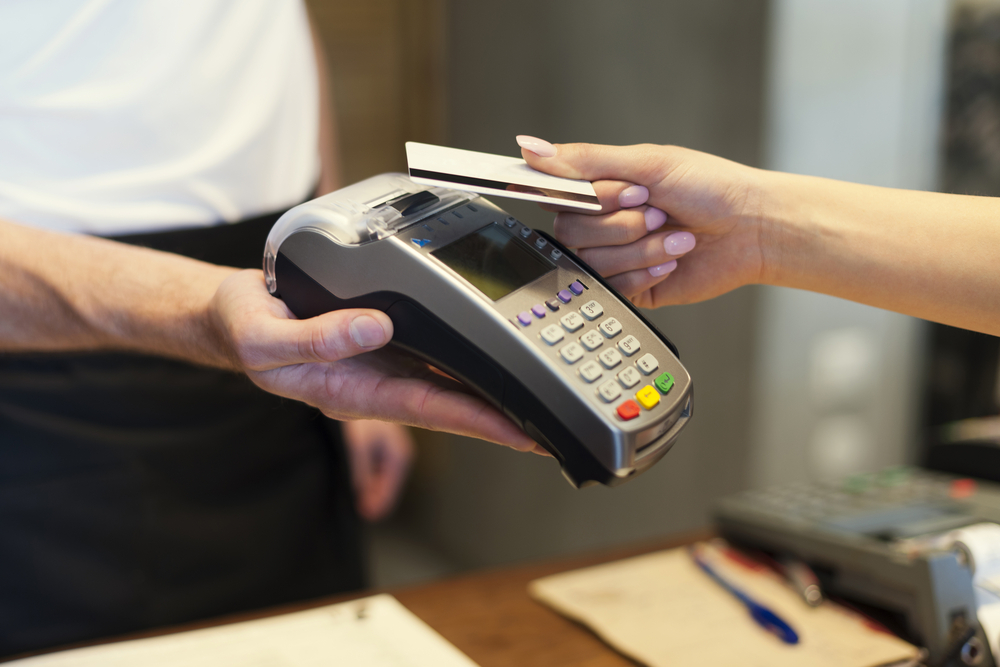News
Rollout of new £100 contactless limit begins

The national roll-out of the new £100 spending limit for contactless card payments, up from £45, has begun today.
Payment terminals need to be updated to accept the new £100 limit, so shoppers won’t be able to pay the higher amount without entering their PIN everywhere immediately.
Trade body UK Finance says the higher limit will give shoppers more flexibility when shopping in store and also help with bigger spends where speed and convenience are valued, such as a meal out.
To check if a retailer has updated to the new limit, customers should either ask in store or follow the prompts on the card payment machine when paying. Where the retailer’s terminal has not been updated, payment cards can still be used as before.
According to UK Finance, from January to July of this year 60% of all debit and credit card transactions in the UK were made using contactless. This accounted for 6.6 billion payments, a value of £81.4bn.
David Postings, chief executive of UK Finance, said: “The new £100 limit offers customers greater choice about how they pay for things like their weekly shop or a tank of fuel. Contactless payments have become increasingly popular, and the payments industry has worked hard to ensure retailers are able to offer customers the new higher limit.”
The decision to raise the contactless limit from £45 to £100 was made by HM Treasury and the Financial Conduct Authority following a public consultation and discussions with both the retail and banking sectors. It follows on from the successful increase in the limit from £30 to £45 in April 2020.
UK Finance says that customers are fully protected against any losses due to unauthorised card fraud, for example, if a card has been stolen. Every card also has an in-built security check which means that after a certain amount of contactless spending is undertaken or a certain number of transactions have been made, customers will need to enter their PIN to verify that they are the genuine cardholder.
Although the increased limit has generally been welcomed by the financial industry, some experts have warned that it could lead to unnecessary spending.
Stacey Lowman, financial coach at Claro, said: “Whilst the increase is certainly convenient, it also means that consumers have less time to ponder their purchase and consider the impact it may have on their finances, potentially leading to an increase in overspending. Paired with upcoming busy sales periods such as Black Friday and Christmas shopping, consumers will likely be tempted to spend more on their shopping trips than they can afford.
“The limit for contactless spending was £30 for a number of years, meaning consumers typically associate a simple tap of the card with a smaller value purchase, such as a take-away coffee or a public transport ticket. This perception of contactless purchases is unlikely to change just because the increased payment limit has, meaning many shoppers may still associate contactless payments with small, insignificant purchases, despite the growing price tag.
“Resisting the urge to overspend is important, particularly if you have been struggling with your personal finances throughout the pandemic or are working towards a financial goal. It’s essential to remember that although the contactless payment limit may have changed, that doesn’t mean your budget for a shopping trip needs to or should.”